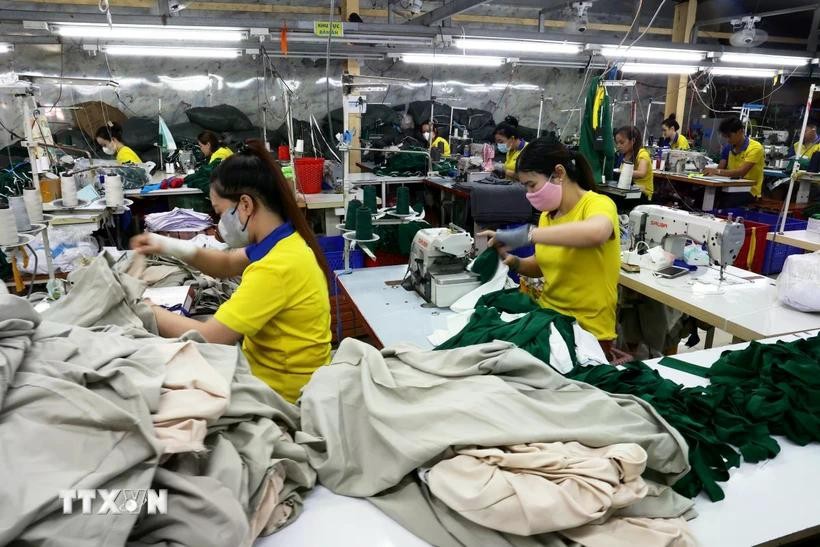
The forecast for world economic growth in the period 2025 - 2026 may grow lower than in 2024, about 2.8% and 3% respectively, as well as lower than the 3.5% of the period 2011 - 2019. At the same time, one of the reasons for this forecast is explained by experts as the slow growth of global trade due to the impact of tariff and trade protection policies of more and more countries and territories.
Vietnam before the impact of global economy
Specifically, Dr. Can Van Luc, Member of the Prime Minister's Policy Advisory Council, shared that the main risks and challenges of the 2025 - 2026 period are complex geopolitical conflicts due to trade-technology wars, fragmentation and increasing trade protectionism.
Besides, inflation and interest rates, although decreasing, are still high, while public and private debt risks remain high.
In particular, the global economy faces risks of recession and low growth in some economies such as the US, China, the EU, Japan, etc., leading to low global growth in 2025 - 2026. Along with that, risks to energy security, food security, supply chain security and cyber security are always present; and abnormal climate change.
Vietnam's economy in the 2025-2026 period also faces external risks such as exports, investment, consumption and tourism being affected.
Meanwhile, businesses face difficulties with trade and technology wars, input and logistics costs, and increasing demands for digitalization and greening.
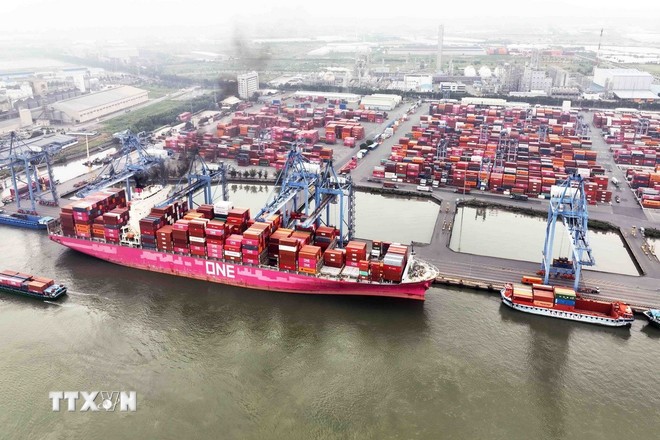
If there is enough determination to build a solid foundation, Vietnam can completely transform its structure and realize its growth aspirations in the new era.
According to Dr. Vu Thanh Tu Anh, this is a new era of geo-economic blocs and fragmented supply chains. The trade separation between the US and China, as well as between blocs, has existed before, not now, and has only been deepened in the current context.
Vietnam is one of the most integrated countries, not only in Asia but also in the world, so whatever happens in the world directly affects Vietnam.
However, one of Vietnam's advantages is its strategic geopolitical and economic position, and its new industrial development orientation is also a condition for high growth.
On the other hand, the market trend is that demand is shifting to Asia with forecasts that by 2028, Asia's demand is estimated to surpass US demand, ranking first globally.
With a higher market and stability, Asia can be a fertile land for Vietnamese enterprises, so turning to Asia is an issue that Vietnamese enterprises need to pay attention to in the coming time.
Some other experts believe that Vietnamese businesses should not only compete directly on price but also compete through differences in quality, brand, and service.
Enterprises proactively shift from low prices to high reliability, anticipate scenarios of fluctuating consumer trends, upgrade compliance systems to access the market rather than just being outsiders, respond to exchange rate risks, invest in people, especially adaptability...
In terms of policy, experts suggest that Vietnam should promote internal strength in three aspects, including the market - private enterprises, the State - apparatus capacity and policies, and internal social strength.
The field of trade diplomacy in particular will play an extremely strategic role, along with upgrading innovation, skills, and infrastructure as a premise to seize new opportunities.
Opportunities from economic restructuring
Mr. Dau Anh Tuan, Deputy General Secretary, Head of the Legal Department of the Vietnam Chamber of Commerce and Industry (VCCI) analyzed that Vietnam is witnessing a turning point in the discussion, amendment, and promulgation of policies and laws, at an unprecedented speed; in which, the positive aspect is that it can help quickly and immediately resolve urgent problems of people and businesses.
This reality requires businesses to quickly grasp and understand more deeply the policies and laws related to their operations.
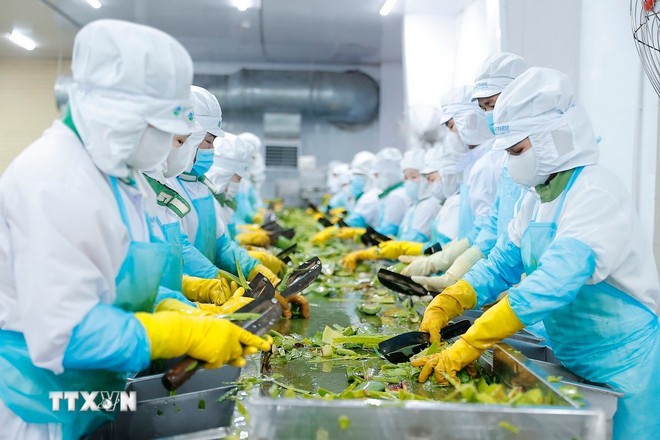
“How to make policies become Vietnam's competitive advantage and from here the Vietnamese business community can go out into the world market with the support of good policies of the State, is an issue that needs to be given top priority. In particular, the goal of having 2 million enterprises by 2030 in Resolution No. 68-NQ/TW dated May 4, 2025 on private economic development (Resolution No. 68-NQ/TW) is very important and should be the main "KPI" of localities in assessing socio-economic development in the coming time,” Mr. Dau Anh Tuan emphasized.
With changes in thinking about the private economy, in the coming time, instead of looking at growth figures, how to transform the economic structure, etc., the goal of the local government in the coming time may have to be how many jobs are created, how many new businesses are added. Because in the coming time, local achievements may be evaluated by how many businesses are developed, how many jobs are created, not by growth figures.
From the perspective of business associations, Ms. Ly Kim Chi, Chairwoman of the Ho Chi Minh City Food and Foodstuff Association, said it is necessary to reposition export markets, especially seeking to diversify new markets to create a foundation for businesses to build competitive advantages.
In addition, solutions to promote green transformation and digital transformation are the vital capacity of businesses, so they should connect to form an ecosystem that meets the requirements of the global production and business supply chain.
To survive and develop sustainably, businesses cannot continue to follow the old path of cheap processing but need to promote exports and expand market share with their own brands, increasing "resistance" to global fluctuations; in which, businesses should focus on innovating business thinking towards sustainable development, integrating ESG factors (environment, society and governance); improving competitiveness by complying with laws and international standards...
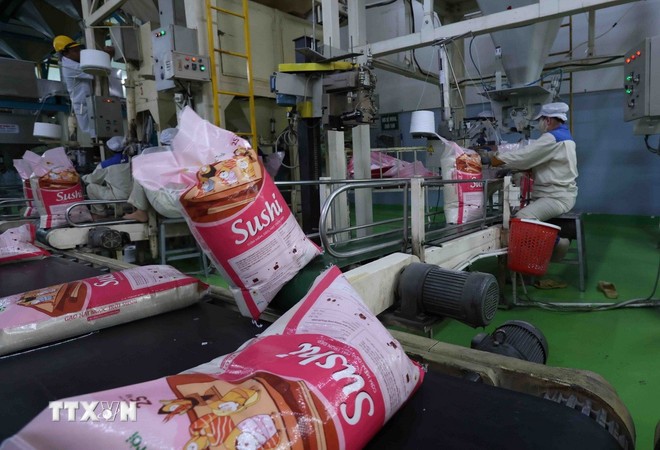
According to Ms. Vo Thi Lien Huong, General Director of Secoin Joint Stock Company, practical experience shows that responding to tariff barriers by linking in the supply chain, diversifying markets, standardizing green standards in an international direction and increasing the application of B2C e-commerce (enterprises selling products and services directly to end consumers)... is quite effective.
At the same time, to go far, Vietnamese enterprises must change their market thinking, apply technology, connect strongly, develop more sustainably in the chain and constantly innovate.
Many businesses in Ho Chi Minh City also noted that one of the new policy mechanisms, Resolution No. 68-NQ/TW, has been breathing new life into the private economic sector, creating motivation for this sector to increase investment and promote production and business.
Regarding market repositioning, for products that have previously met export market standards, Vietnamese enterprises can shift to exploiting the domestic market with suitable, competitive and import-substituting product groups.
Furthermore, enterprises must be self-reliant in production and business to survive and develop, while the State creates a favorable environment for enterprises to operate. At the same time, it will be impossible to make a breakthrough if enterprises themselves do not improve their competitiveness and flexibly adapt to fluctuations in the domestic and global economy.
Source: https://baolaocai.vn/doanh-nghiep-viet-ung-pho-tang-truong-cham-cua-kinh-te-the-gioi-post402243.html




![[Photo] Da Nang: Hundreds of people join hands to clean up a vital tourist route after storm No. 13](https://vphoto.vietnam.vn/thumb/1200x675/vietnam/resource/IMAGE/2025/11/07/1762491638903_image-3-1353-jpg.webp)







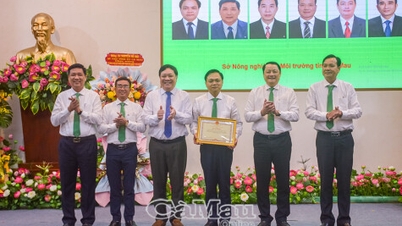




















































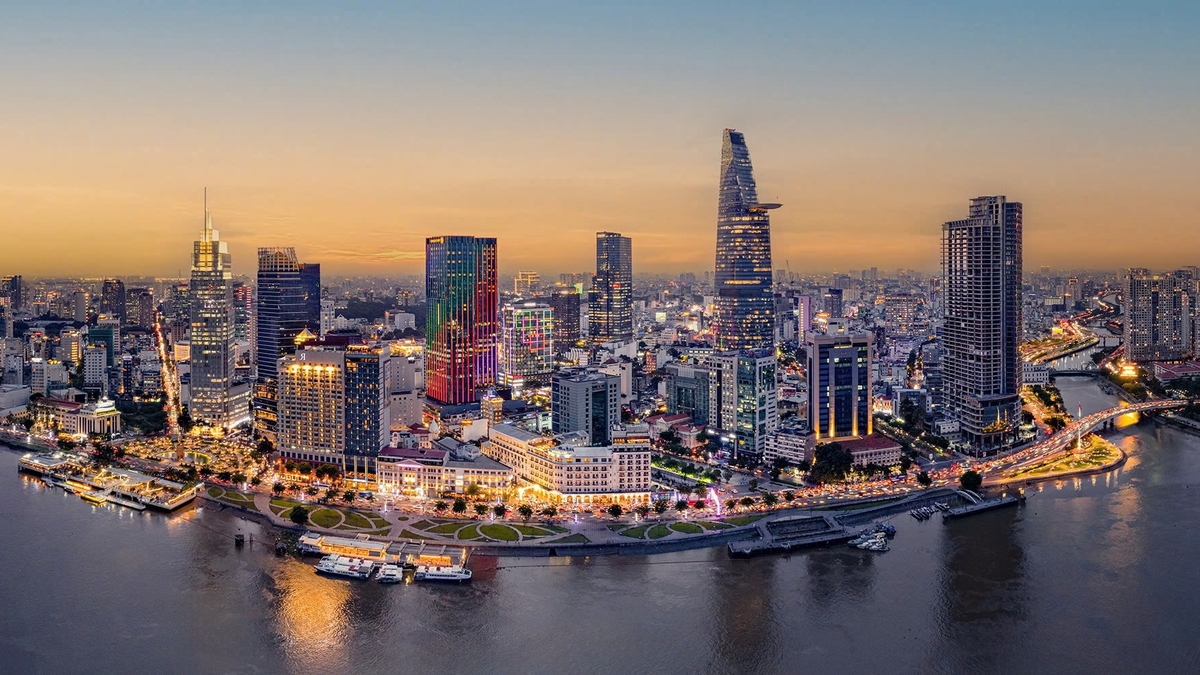
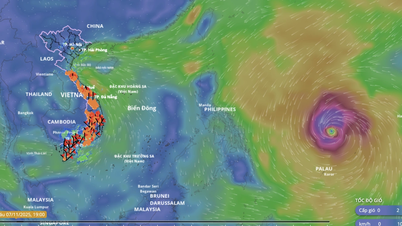









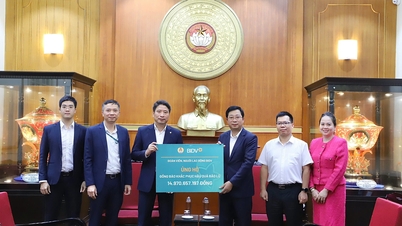


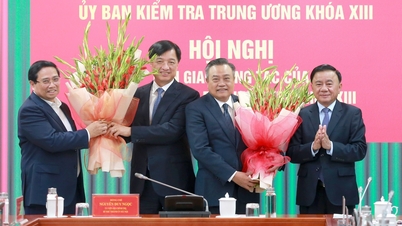




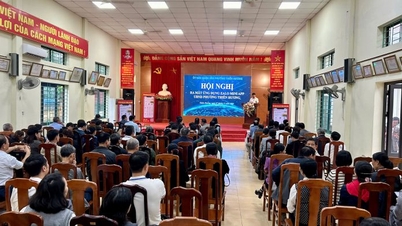





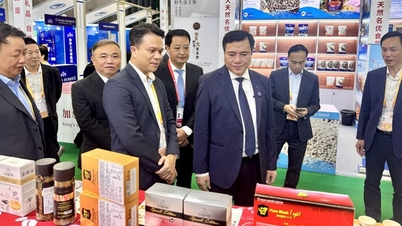











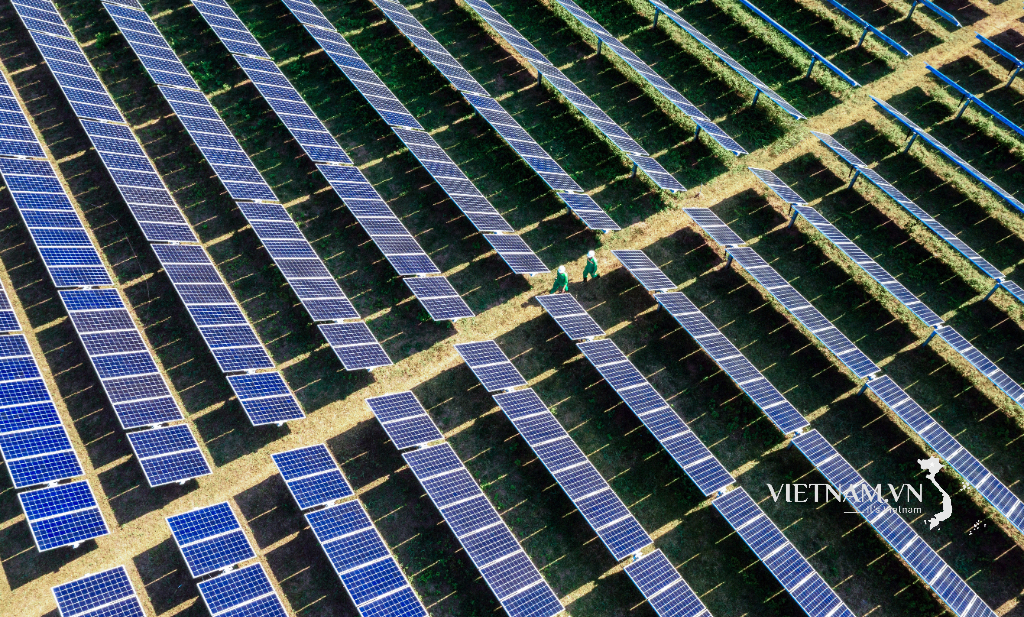

Comment (0)